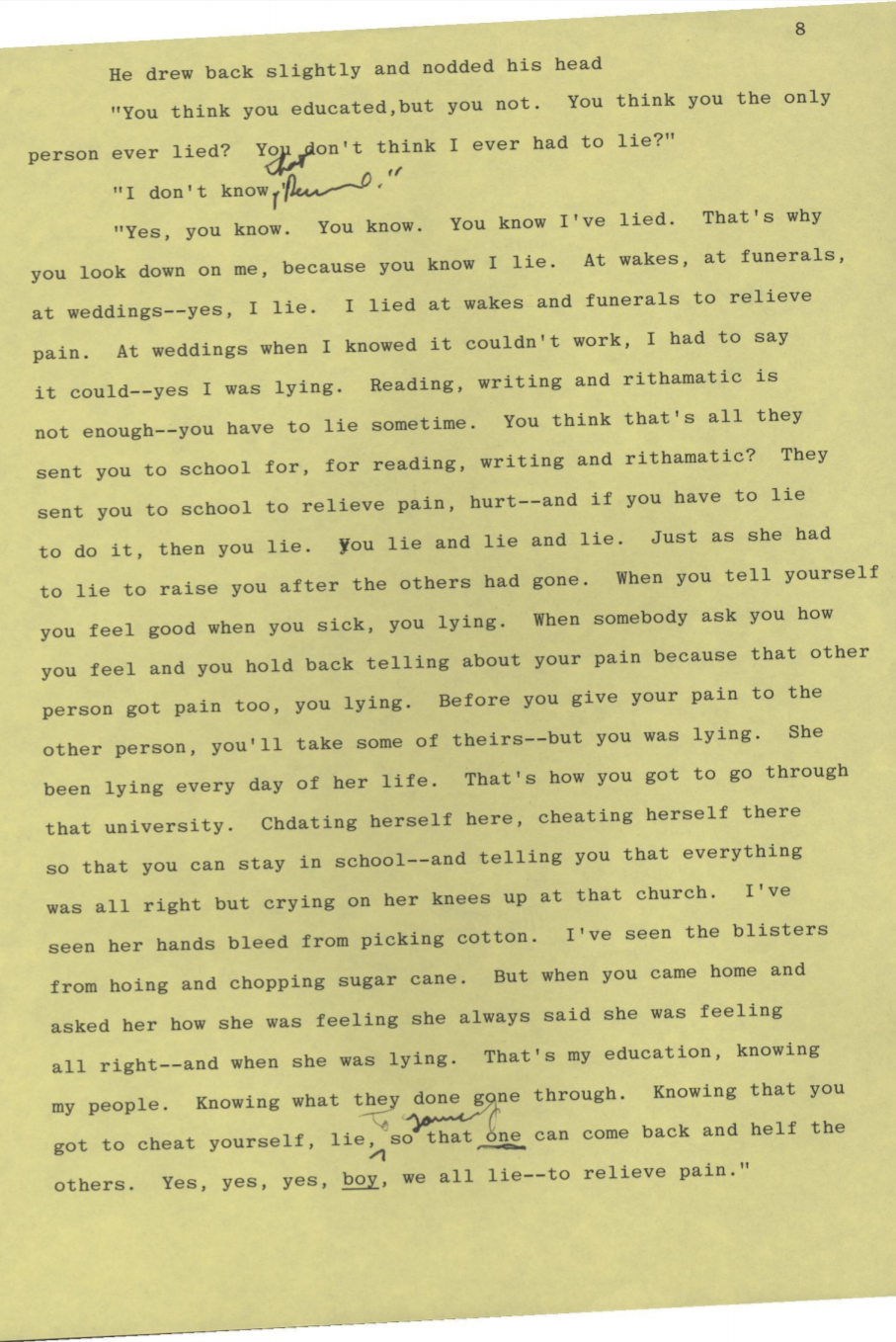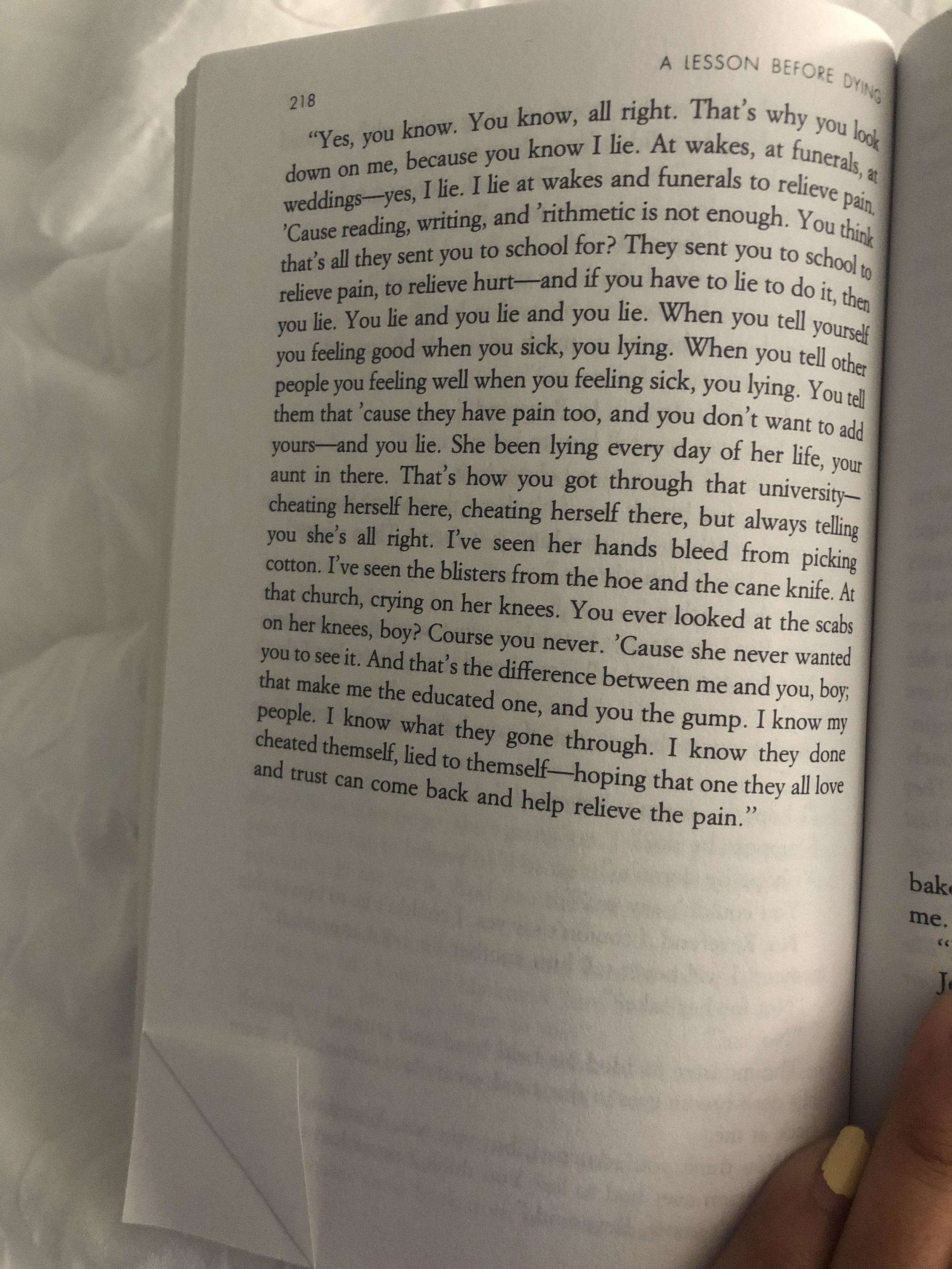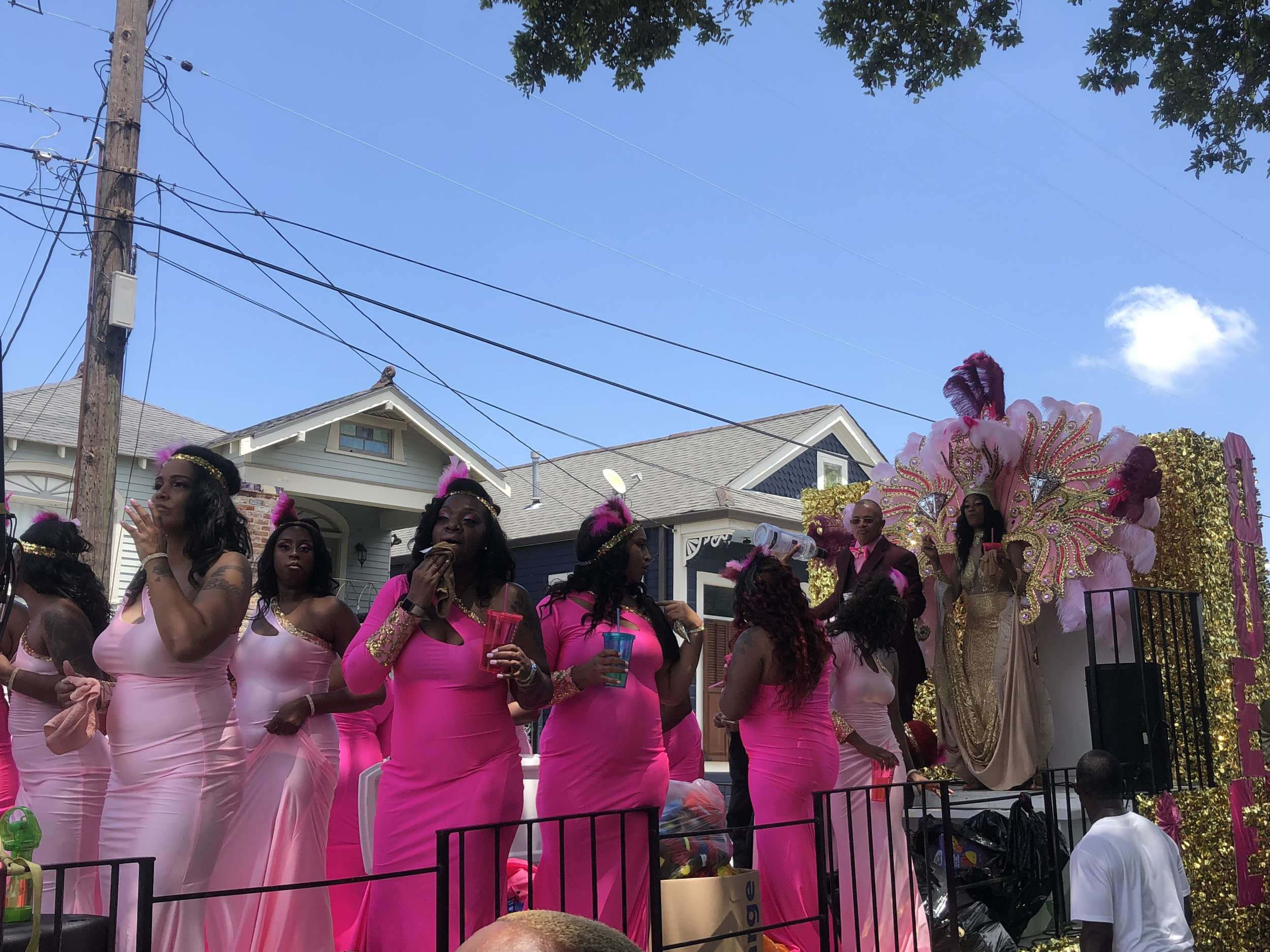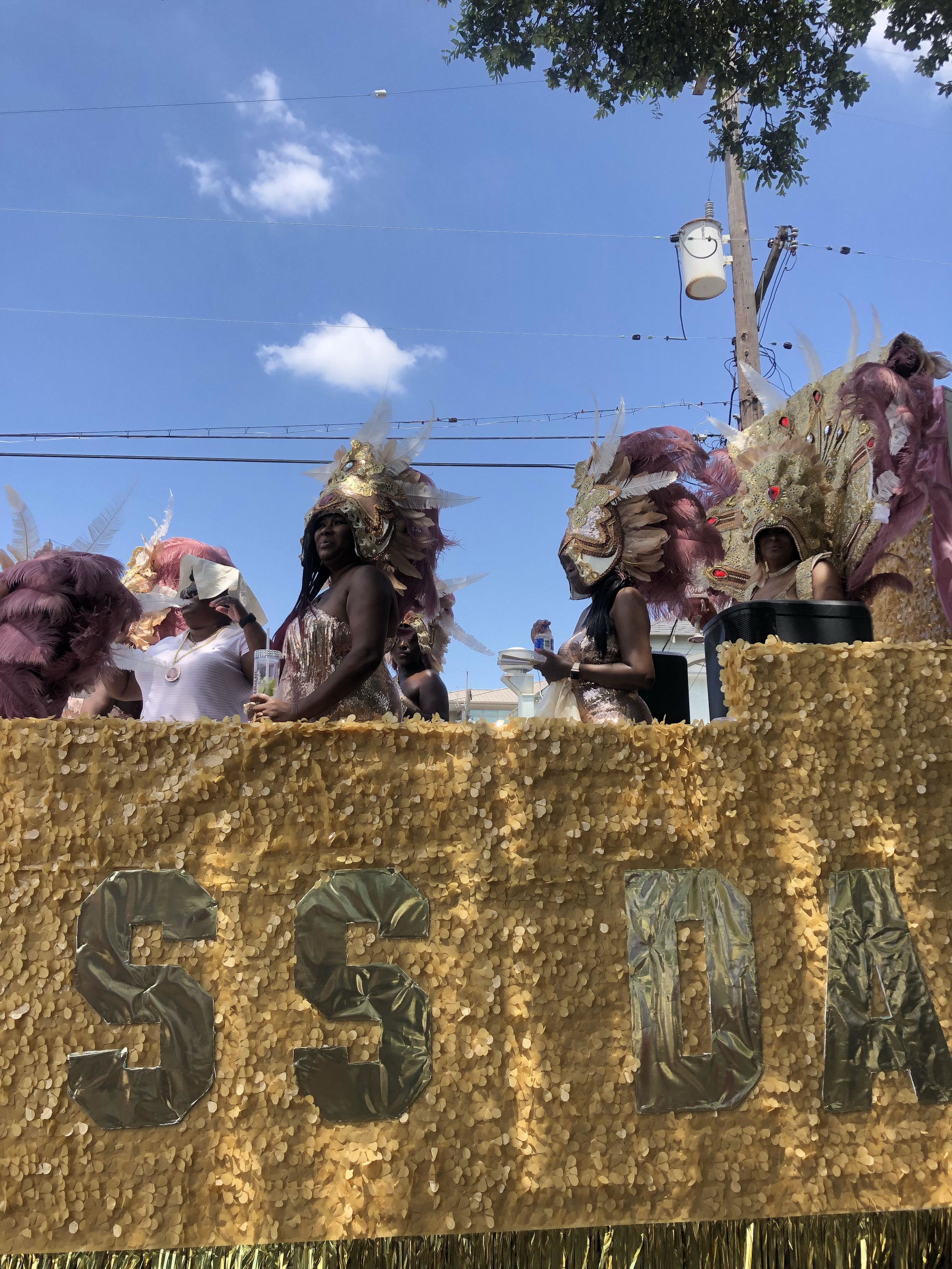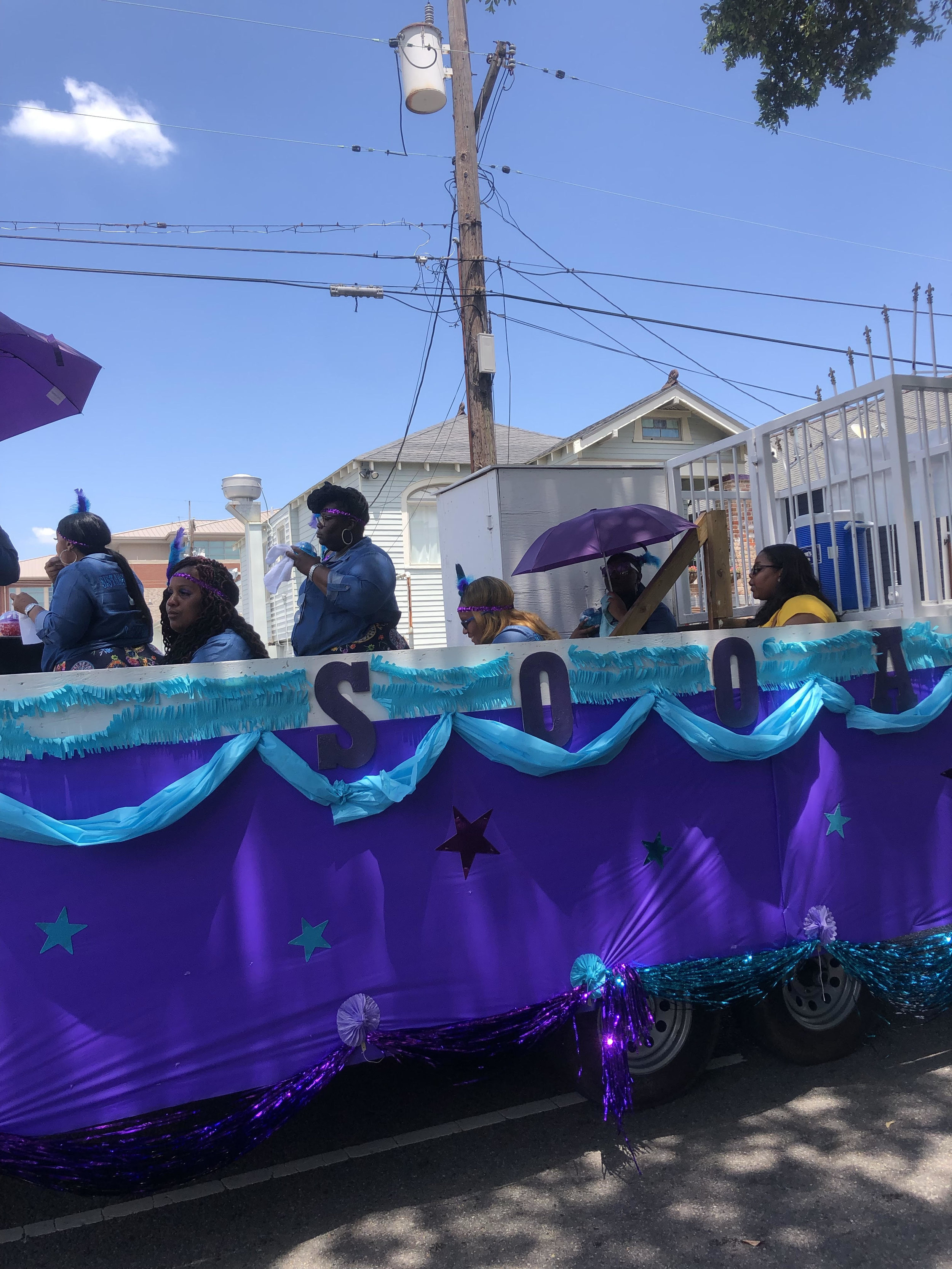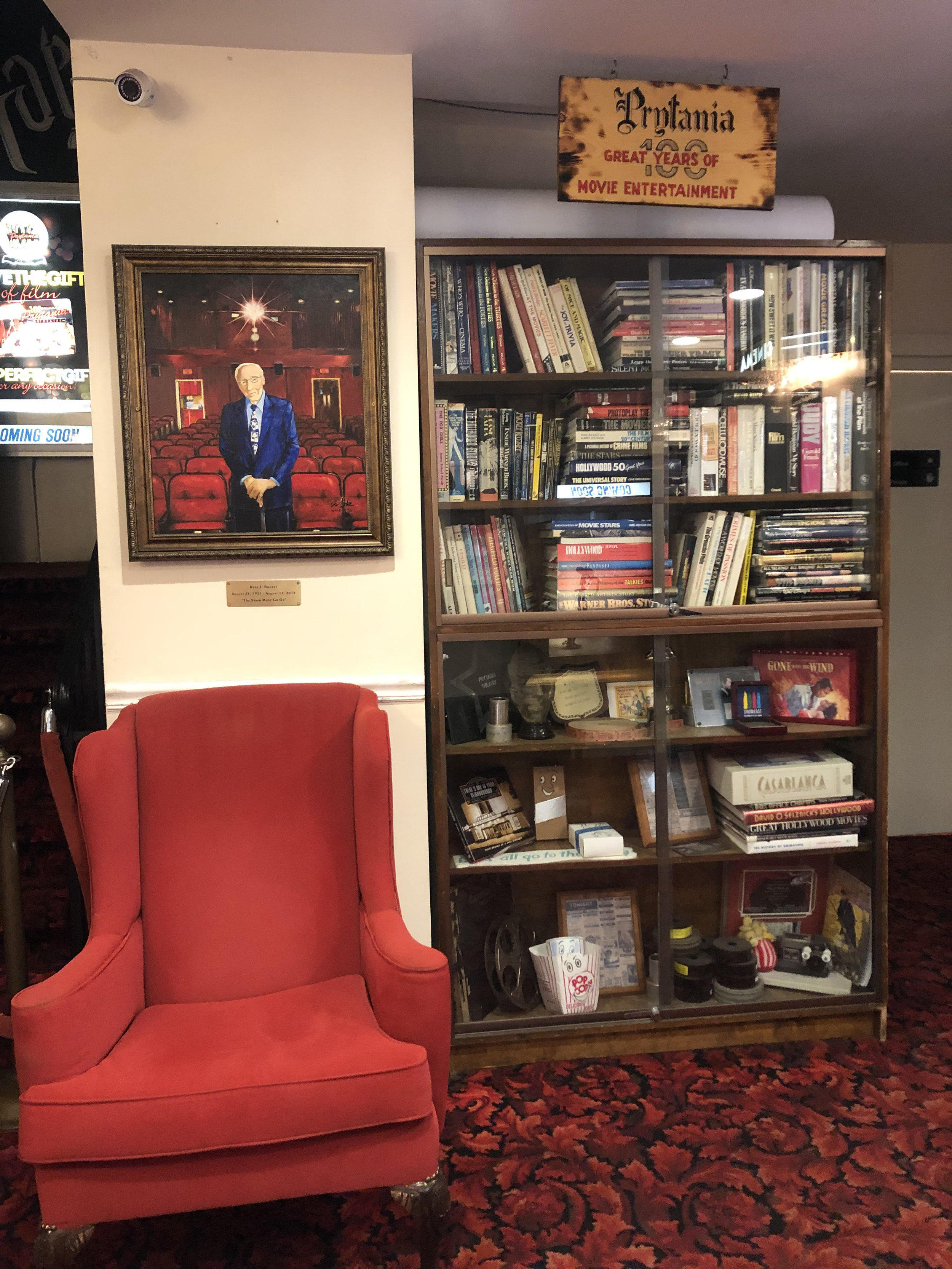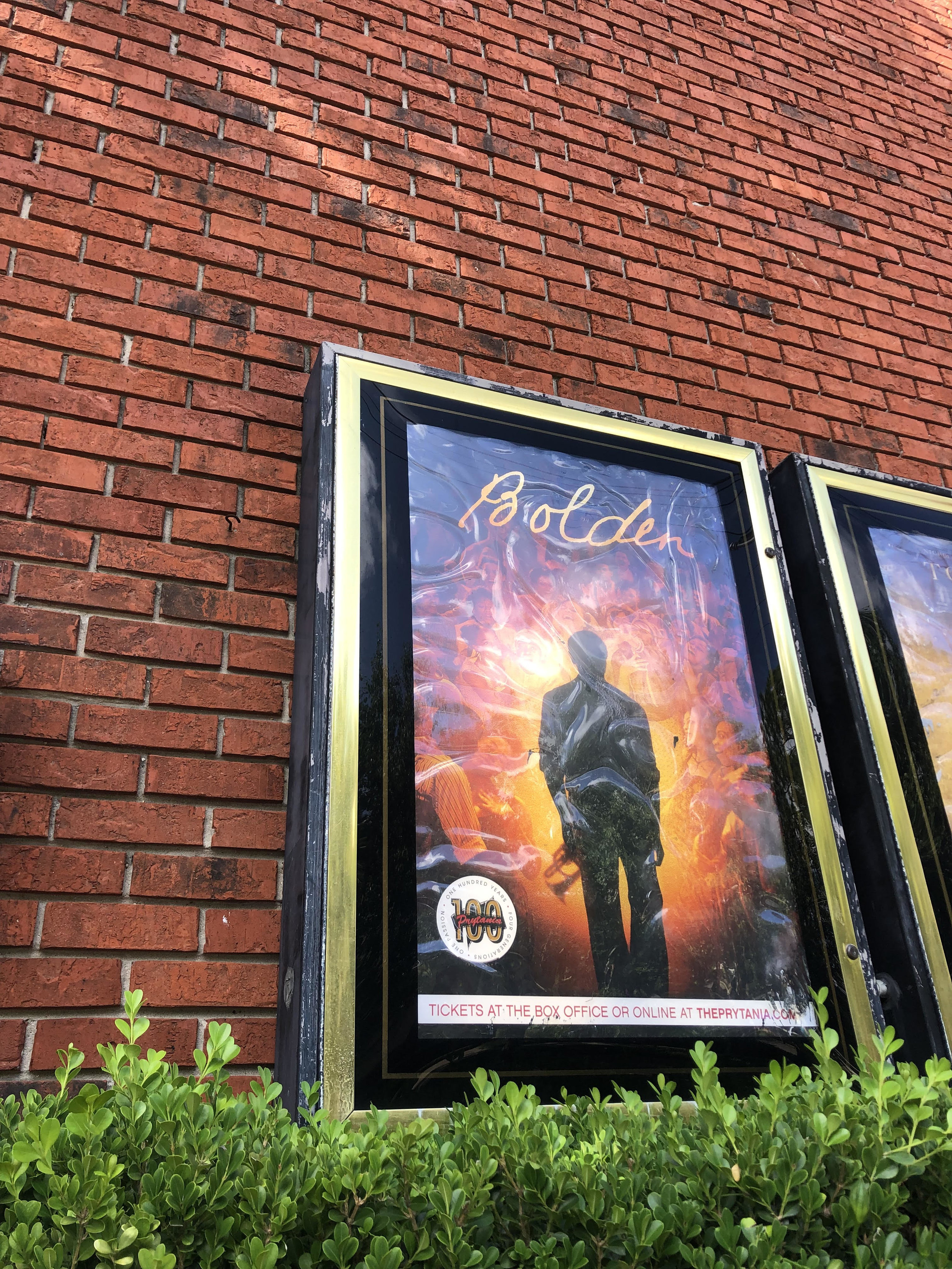In our first couple of days in New Orleans, we took the streetcar to the Garden District to look at the beautiful houses and stop by Anne Rice’s House, the author of Interview with a Vampire. Andrew stopped our stroll next to a single oak tree and read us a poem from Walt Whitman’s collections in Leaves of Grass. The poem is called ‘I Saw in Louisiana a Live-Oak Growing’, it is here below.
Before we even got on the plane to come to Louisiana, as we were waiting in the terminal Andrew predicted that by the time we were back at this airport in three weeks’ time, some of us would be in tears saying bye to one another. I thought this was pretty ridiculous. Going into this trip I was worried about everyone being annoying or not liking me so if I could get by with simply getting along with everyone I would’ve considered the trip a success. As a group we are individually so different in background, fields of study, and general interests, but here we make up one cohesive group. And now, three and a half weeks later, I don’t just think people here are tolerable or nice, but I have found real friends that I truly care about. Early on we were advised to create deep connections with each other and not just pretend to be someone we aren’t in order to sound smart or impress. It is hard and scary to be vulnerable with a group of, essentially, strangers but by doing so the friendships I made here have given me the most amazing memories. Doing something like ‘Bookpacking’ is an interesting and fun experience but it also gets lonely, makes you look inwards, and has you questioning what life is about. I couldn’t have gotten through it and taken advantage of all the course has to offer without the conversations I had with my classmates and now friends.
One of the greatest moments we were able to share as a group came in our last weekend spent in Cajun Louisiana. Our last reading, a short story called ‘Floyd’s Girl’ in Tim Gautreaux’s book Small Things, Small Places was placed here. The descriptions of,
““ample laps of aunts, daily thunderheads rolling above flat parishes of rice and cane, the musical rattle of French, her prayers, the head-turning squawk of her uncle’s accordion, the scrape and complaint of her father’s fiddle as he serenades the backyard on weekends, vibrations” ”
summed up our experience with the people here perfectly. We had the opportunity to take part in not one, but two jam sessions with people we met at the Tante Marie Café and Tom’s Fiddle and Bow Shop. On Sunday afternoon we spent about 2 and a half hours just talking and playing instruments with strangers who very quickly became friends and actually witness Floyd’s practice of, “…[making] noise with his friends on the weekends”. I actually had the chance to play guitar for a couple of songs in Blue Grass style in the back room (as compared to more southern, Cajun style in the main room), and experience, “the buzz of a fiddle and the clang of a triangle in her pretty head, the love songs sung through the nose”. Sitting and singing all together as a group was such a special thing to share together. Being able to learn about a completely different culture that we had just read about in such a small glimpse but then see it come to life was what the trip was all about. I wouldn’t have had the courage to partake in the music in the way I did without the support from this group and some special groupies.
A single live-oak tree…
And just as Walt Whitman realized he could not be joyous like the live oak tree if he had no friends around, this trip would have been nowhere near as amazing or memorable without the people I’ve met and gotten to know. I definitely will be crying saying goodbye but I know the friendships we carved here will last far beyond this trip. Moreover, this trip has made me be even more appreciative of the friends and family who “I believe lately I think of little else than of them”. Without our instructor Andrew, this trip would not have been bigger than simple ‘Bookpacking’. He encouraged us to make it a practice in empathy and learn about ourselves. While all 12 of the people here are so special, I have to give a little shout out to two amazing girls I met- Maria Camasmie and Cameryn Baker.
To Maria: I am so happy we roomed together those first nights in Grand Isle. I knew that moment when you brought your markers out that if anything we would at least draw together! But getting to know you and having the opportunity to build an actual friendship with you has been one of the best parts of my trip. I will forever remember and cherish swimming with you at sunrise in Grand Isle, opening up to you on our long walk on Magazine St., eating junk food for two hours straight on a rainy day, and dancing with you on the streets of New Orleans. It has been a privilege to get to know such a clever, fun, creative, and genuine person as you. You are unlike anyone else I have ever met. I can’t thank you enough for listening and being here for me every day of this trip and I can’t wait for the many more memories to come.
To Cameryn: My bear, I feel so lucky to have such a kind soul like you in my life thanks to this trip. You go above and beyond to make the people you care about in your life feel special and loved. Thank you for being my first hug, and usually at least the 7+ hugs, in my days. Your light and bubbly personality makes everyone around you feel a certain ease and comfort that can be likened to feeling at home. I wish you could see how amazing you are and how unique it is to find someone as generous and warm as you. You are a beautiful writer and it has been such an amazing adventure to be a part of your experience here. I am so excited to hang out with you even more when we get back for the summer and the school year (and set up play dates for Harambe and Gates).
Swamp Witches™ Forever






